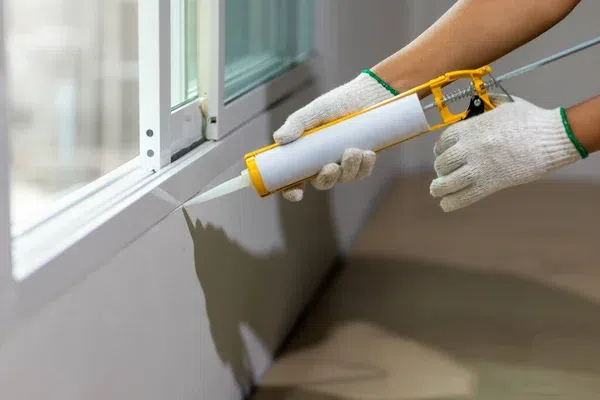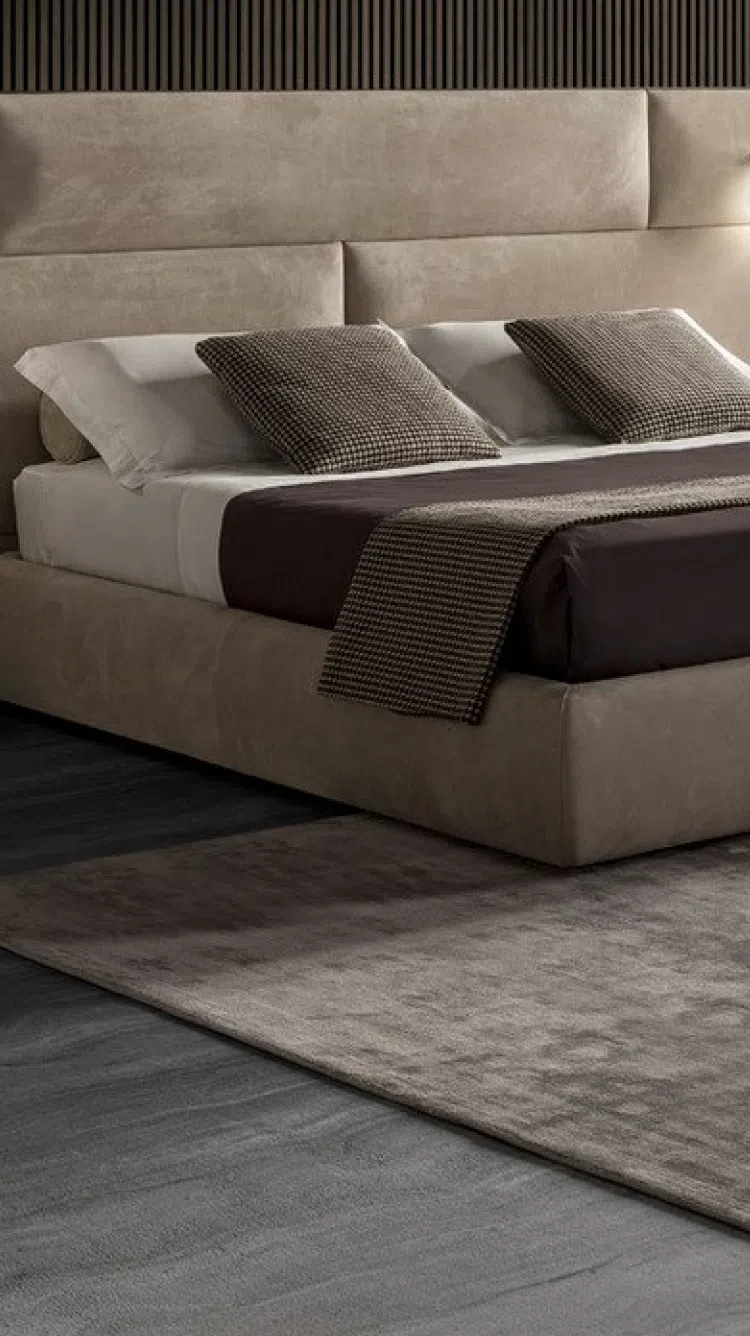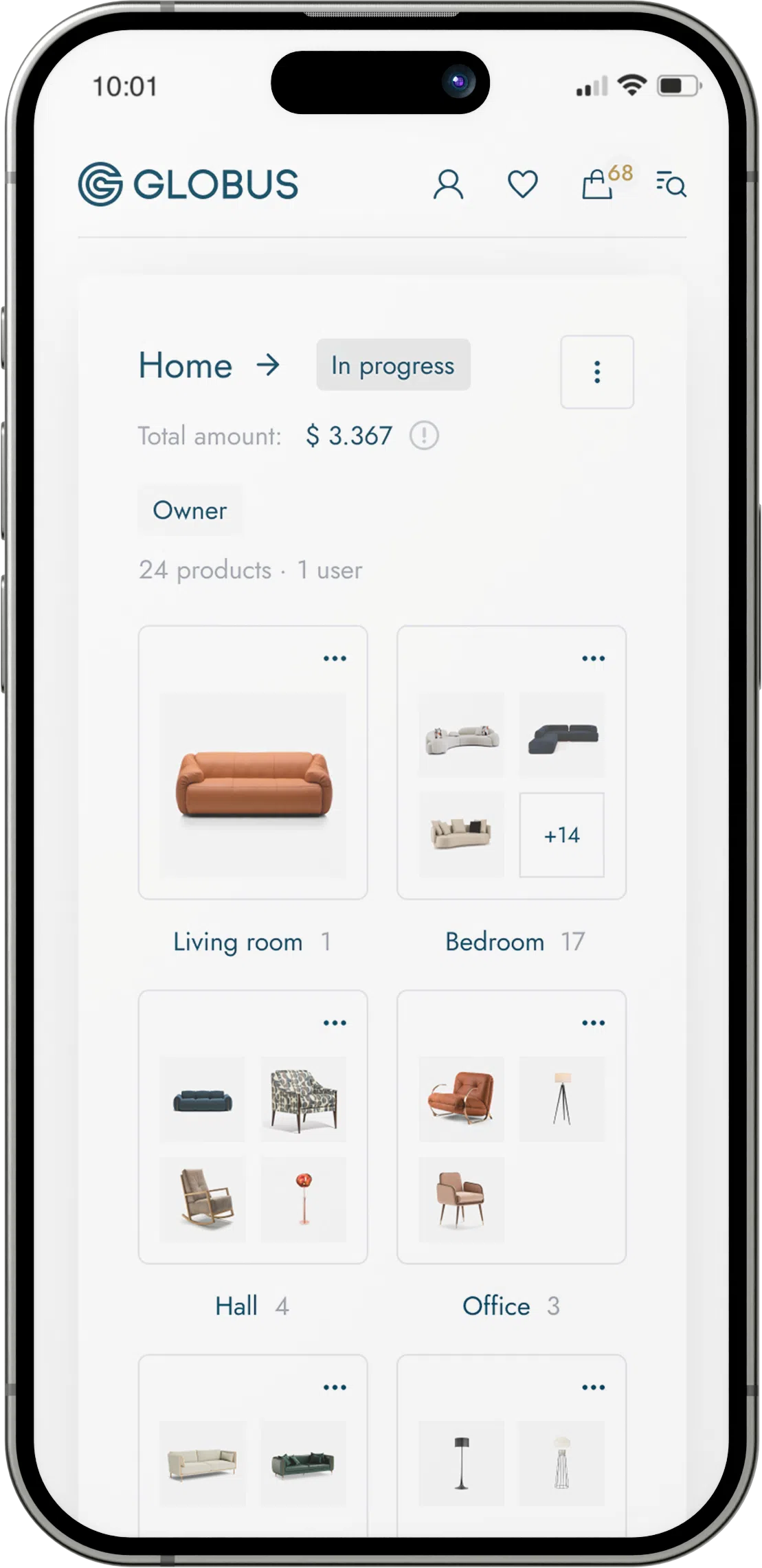
Silicone, often mistaken for a synthetic rubber, is actually a synthetic polymer made primarily of silicon, carbon, hydrogen, and oxygen. Silicones are produced in various forms including silicone oil, silicone grease, silicone rubber, silicone resin, and silicone caulk.
As a material for furniture, silicone can be used in multiple contexts due to its unique properties. Here are some characteristics of silicone that make it a suitable material for furniture use:
Durability: Silicone is known for its longevity and ability to resist weathering. It doesn't degrade easily over time, which means it can be ideal for outdoor furniture parts that need to withstand various weather conditions.
Flexibility: Despite being durable, silicone maintains a significant degree of flexibility. This property allows it to be used in furniture designs that require some movement or elasticity, such as cushions or modular pieces that need to be adjusted or reconfigured.
Temperature Resistance: Silicone can withstand extreme temperatures without losing its properties, making it suitable for furniture pieces that might be exposed to various temperature ranges, such as outdoor settings or pieces close to heating elements.
Water Resistance: Silicone does not absorb water and can form watertight seals. This makes it great for outdoor furniture covers, protective coatings for wooden furniture, or components in furniture pieces susceptible to spills.
Hypoallergenic and Non-Toxic: Silicone does not contain latex or other allergens that some plastics or rubbers do, making it a safe choice for household furniture, especially in environments with children or individuals with sensitivities.
Ease of Cleaning: The non-porous nature of silicone makes it easy to clean. This can be particularly beneficial for high-use furniture in public spaces or for items like children’s high chairs.
Chemical Resistance: Silicone is resistant to many chemicals, including some acids, making it suitable for use in environments where spills of chemicals might occur, or in laboratories where furniture needs to be resistant to corrosive substances.
Aesthetics: Silicone can be formulated in a wide range of colors, and because it’s a synthetic material, it has a consistency that can be appealing in modern design contexts. It can be made transparent or translucent, which allows for a variety of design possibilities.
Despite these advantages, silicone may not be the primary material for constructing the majority of furniture due to cost considerations and sometimes the need for more structural rigidity. It’s typically used in conjunction with other materials or as an additive for specific components. Furniture items with significant silicone elements would typically aim to capitalize on the material's flexibility, weather resistance, and unique tactile qualities.


